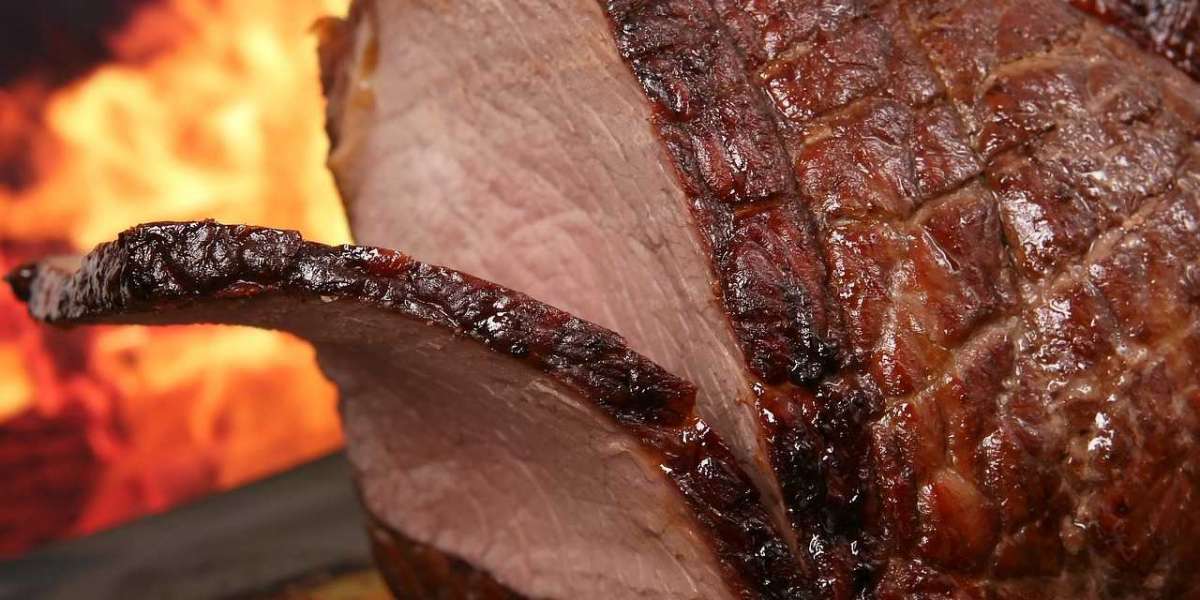Restaurants serve food and beverages to customers in exchange for payment. They can be stand-alone establishments or part of other businesses, such as hotels or leisure facilities. They vary in appearance and offerings, from inexpensive fast-food restaurants to cafeterias to mid-priced family restaurants and high-priced luxury establishments.
Buffet restaurants
Buffet restaurants are a type of restaurant that offers diners a variety of dishes for a fixed price. They often feature multiple cuisines and are popular for large groups or business conventions. Some buffets offer all-you-can-eat servings, while others provide a la carte options. A buffet can also include cold foods, such as salads and desserts.
Buffets have various food choices, including vegetarian and vegan options. They can be upscale or casual, and some even offer unique themes. Some are themed after famous cities, such as the Las Vegas buffet, decorated to resemble the city's famed casinos.
A buffet can have several advantages over traditional table service, including reduced inventory costs and less food waste. This arrangement also saves the cost of preparing individual meals according to customer preferences. However, it is important to ensure that the buffet food always stays fresh and sanitary. To avoid these problems, buffet restaurants should use quality kitchen equipment and utensils. It is best to purchase wholesale supplies like napkins and utensils rather than paying full retail prices.
While many people prefer the convenience of all-you-can-eat dining, buffets have drawbacks. They require a lot of upkeep to maintain cleanliness and food safety. Servers or kitchen staff must constantly check the buffet to ensure that containers are refilled and that hot and cold foods are at appropriate temperatures. Furthermore, buffets may be subject to criticism from health advocates concerned about the food's calories and fat content.
Pubs
A pub is an establishment that sells alcohol and a variety of food. Its menu may include appetizers, drinks, snacks, and full meals. Many also serve alcohol on tap or in bottles. Pubs can be themed and decorated to reflect a specific culture, style, or activity. Some even feature a particular style of music.
The term pub comes from the British word for public house. It originally referred to any establishment that sold alcoholic beverages for consumption on the premises, but it became synonymous with beer-only bars by the mid-1800s. Pubs are usually owned and operated by licensed victuallers or publicans and are often divided into saloons and public bars. Those that also provided accommodation for travelers were known as inns.
In recent decades, pubs have shifted toward serving food. The most notable trend is the gastropub, which serves dishes based on various cuisines. Many pubs have also adopted a more modern design. Traditionally, the pub was an informal place where people could relax and socialize. However, most pubs are considered upscale restaurants that offer high-quality food and drinks.
A pub can be themed to suit its environment, with signs hung outside to reflect the name and image of the business. These can be anything from a sports bar to a cocktail lounge. They are often found in cities, though some rural pubs are also available. Some are part of university campuses, where students enjoy food and drink.
Bars
A bar is a type of retail business establishment that sells alcoholic beverages. It may also serve other beverages, such as mineral water and soft drinks. It may also sell snack foods. Bars can be located in various settings, including restaurants, hotels, airports, and nightclubs. Some bars are open to the public, while others have restricted access. In some countries, bar patrons must be of legal age to enter, and some bars employ security personnel to ensure compliance with these regulations.
Some bars, such as wine bars and brew pubs, specialize in specific drink types or food. Other bars are based on music or entertainment, such as dance bars and comedy clubs. Some are geared toward particular demographics, such as gay or lesbian bars and country western bars. A bar's name, decor, menu, and lighting can affect its clientele. Bars, such as a restaurant, tavern, or lounge, can also be classified by their business structure.
The term 'bar' is a synonym for the counter on which drinks are served, but it can also refer to a full-service bar within a restaurant or other establishment. A bar can be staffed by one or more bartenders, who are usually trained to mix and serve drinks. The bar counter typically stores various beers, wines, and liquors, which are organized to facilitate the bartender's work.
Fine dining
Fine dining restaurants are characterized by their luxurious atmosphere and superior service. They usually serve multicourse meals carefully curated to highlight the best of the restaurant's ingredients. In addition, these restaurants often feature high-quality flatware and stemmed wine glasses. They may also have a dress code and require reservations.
Fine restaurants are also generally more expensive than casual eateries. They use higher-quality ingredients and are operated by chefs with much experience. They may even have a sommelier to help customers choose the best wine for their meals.
Many people consider fine dining an experience that isn't just about food. They also enjoy the place's ambiance, which is often classy and elegant. These restaurants typically have white tablecloths, dim lighting, and nice place settings. They also don't play loud music or serve food to go.
Fine dining differs from upscale restaurants because they offer a more formal experience and usually have a smaller customer base. They are often small and locally owned, with only a few locations. This makes it easier for them to provide consistent quality. In addition, they use top-notch equipment and hire highly trained staff. As a result, their food is better than that of casual restaurants. They also have more elaborate menus and food dishes and may serve wine with their meals.








